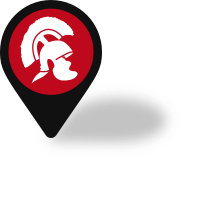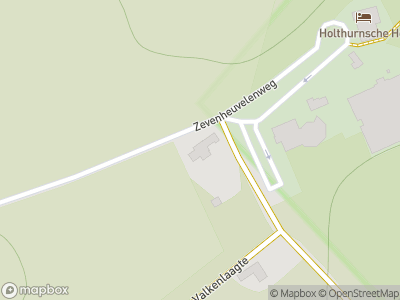East of the Holthurn Hof lie the remains of an enormous Roman production centre for pottery and roof tiles. Legionaries of the Tenth Legion from Nijmegen founded the centre in the 1st century and built pottery kilns. Oil lamps, plates, dishes, cans, mugs and jugs were produced there.
Roof tiles from Holdeurn
Much of this pottery was fired at low temperatures and has a typically orange colour. Archaeologists call it ‘Holdeurn ware’. Holdeurn is best known for its the hundreds of thousands of fired roof tiles and other types of tiles. Across the whole province of Germania Inferior, from Bonn to the North Sea, tiles have been discovered with following Holdeurn stamps: those of the Tenth Legion (LXG) and the Exercitus Germanicus Inferior, the provincial army of Germania Inferior (EXGERINF).
Kilns
When the Tenth Legion left in 105 AD, the production of bricks and pottery was probably brought to an end. However, during the last quarter of the 2nd century the factory was reopened and remained so until at least the reign of emperor Severus Alexander (222-235 AD). There is a memorial stone from that era commissioned by the commander of Legio I Minervia, the First Legion from Bonn. Shortly after this, the fires of the kilns were extinguished for good.
Excavations
During large-scale excavations in 1938-1942 a couple of huge kilns for tiles were discovered. We now know of ten such kilns but may well have been many more and there are still the remains of buildings buried underground. The Holthurn Hof houses a small exhibition of all the finds. It is possible that a larger portion of this important Roman location – even by European standards – will be excavated in the next couple of years.














